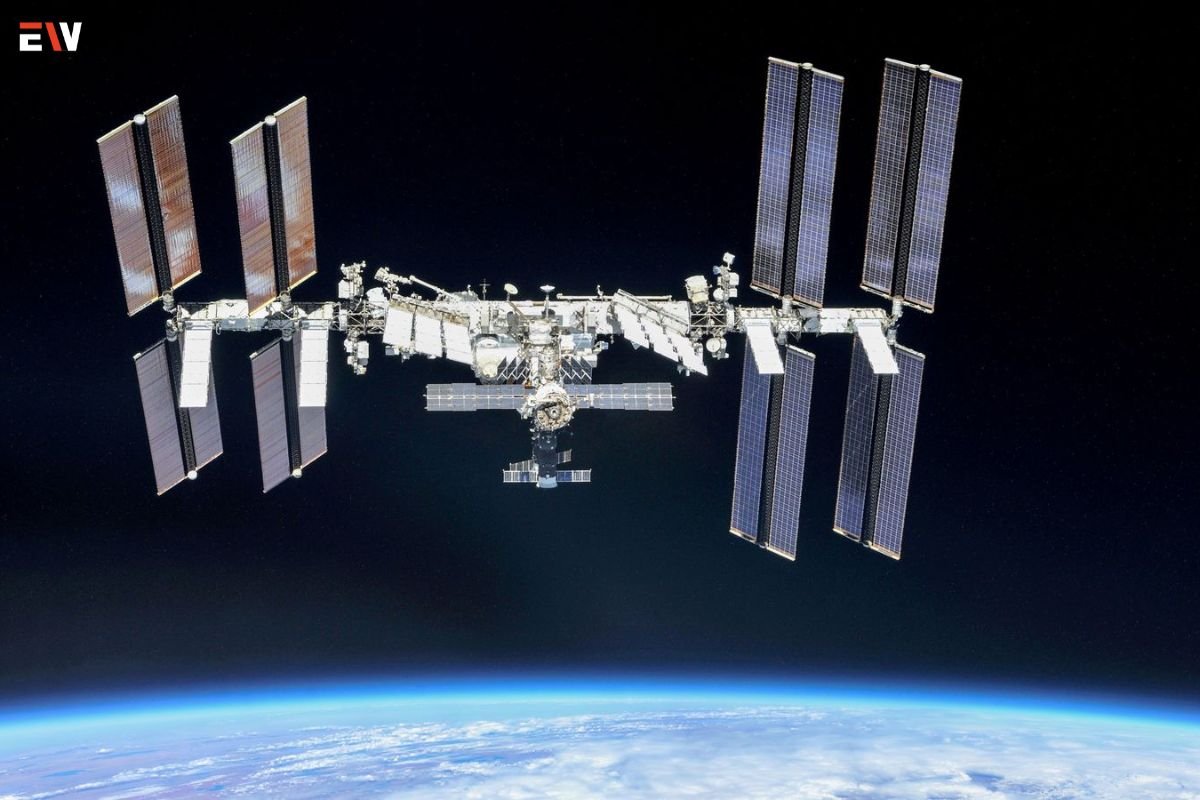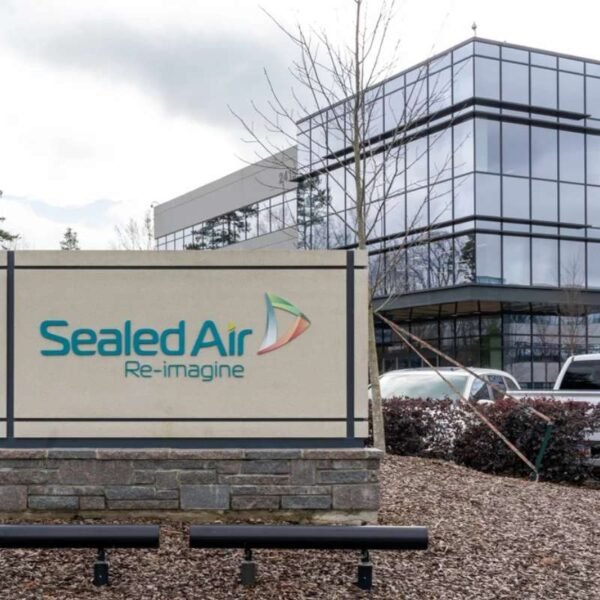Source – Sky News
Nine astronauts aboard the International Space Station (ISS) took a precautionary measure late Wednesday, briefly relocating to their docked return spacecraft following a satellite breakup in low Earth orbit.
Precautionary Measures and Incident Details
According to NASA, the Expedition 71 crew moved to their three spacecraft, including the Boeing Starliner, around 9 p.m. EDT (0200 GMT). This action was deemed necessary in response to an earlier satellite debris event. NASA did not identify the specific satellite involved, but satellite tracking firm LeoLabs pinpointed the incident to a non-operational Russian spacecraft, Resurs-P1 (SATNO 39186), which released multiple fragments.
Response and Safety Protocols
The astronauts remained in their spacecraft for approximately one hour as a precautionary measure. Once the situation was assessed and deemed safe, they were cleared to return to the ISS, and normal operations resumed promptly. The U.S. Space Command reported that over 100 pieces of trackable debris were generated during the event, emphasizing that routine conjunction assessments continue to ensure the safety of space operations.
Growing Concerns About Space Debris
The incident underscores ongoing concerns about the proliferation of space debris in orbit. Currently, more than 45,300 space objects are being tracked by the North American Aerospace Defense Command (NORAD), highlighting the crowded and potentially hazardous environment surrounding Earth. This figure does not account for the numerous non-trackable fragments and inactive satellites that pose additional challenges for space missions and satellite operations.
NASA’s Vigilance and Safety Measures
NASA collaborates closely with the U.S. military to monitor and mitigate risks posed by space debris, particularly in the vicinity of the ISS. Protocols dictate that the station may maneuver if necessary to avoid debris within a defined “pizza box”-shaped area around its orbit. This area spans approximately 2.5 by 30 by 30 miles (4 by 50 by 50 kilometers), with the ISS at its center, ensuring a buffer zone against potential collisions.
Instances requiring astronauts to seek shelter in their return spacecraft are rare but essential precautions in the event of potential hazards, such as close approaches of debris fragments. This latest incident echoes similar measures taken in response to space activities that pose risks to operational satellites and crewed space missions.
As space exploration and satellite deployment continue to expand, maintaining vigilance and implementing robust safety measures remain critical priorities for space agencies and commercial space entities alike.










